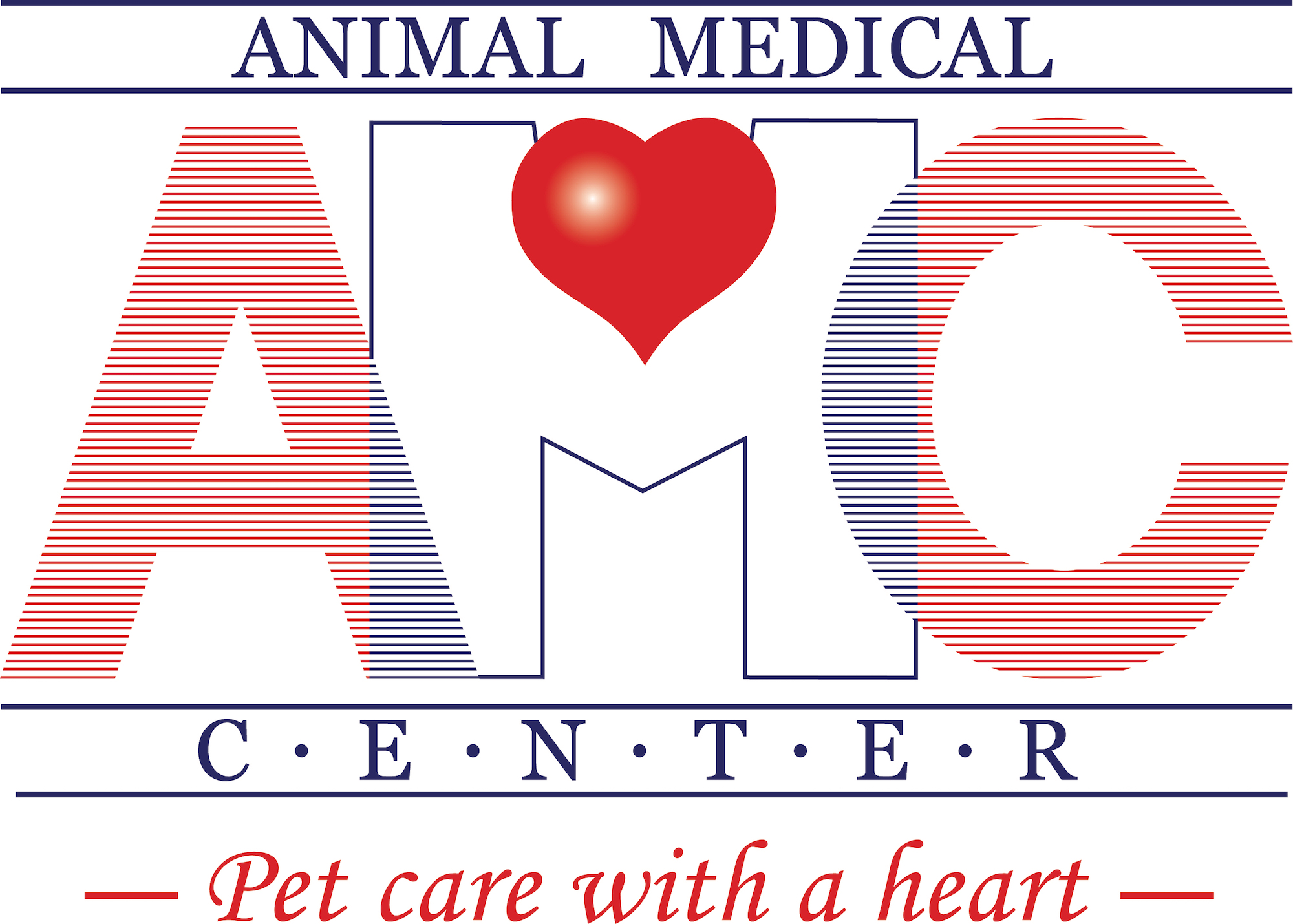Library
-
Some cats do not seem to know their strength and do not recognize that they are causing pain to their play partners. Accidental bites and scratches can be painful and cause infection, so it is important to find ways to play safely. With training, you may be able to use a verbal cue to redirect your cat if he becomes overly aroused during play.
-
Pleural effusion is the abnormal accumulation of fluid in the chest cavity. Fluid accumulates in the pleural sac, not the lungs, so the lungs are essentially floating in a chest full of fluid. This fluid occupies space within the chest, so the lungs cannot expand as fully as they should. Treatment and prognosis vary depending on the underlying cause.
-
Pododermatitis is a term used to describe inflammation of the feet or paws. It can be caused by many disorders including infections, allergies, hormonal disorders, immune-mediated diseases, tumors or cancers. Diagnostic testing is discussed. Effective treatment must be directed toward the underlying cause.
-
Polycystic Kidney Disease (PKD) is an inherited condition that causes multiple cysts (fluid pockets) in the kidneys. Persian cats and breeds with Persian bloodlines are most commonly affected. The clinical signs, diagnosis, genetic testing, and treatment options are explained in this handout.
-
When your cat comes home after an operation, special care must be taken to ensure he remains indoors with restricted activity and cannot lick or chew at his incision site. Monitor your cat for abnormal signs and contact your veterinarian if any are observed.
-
Special care must be taken when your dog comes home after an operation to ensure the incision area stays clean and dry and heals properly. Some signs are cause for concern, and if observed, call your veterinarian right away.
-
This handout explains post-vaccination sarcomas (also called injection-site sarcomas) in cats. They are a rare consequence of vaccine injections (and other drugs or materials) that can cause a very aggressive form of cancer at the site of the injection. The incidence of this condition, as well as precautions you and your veterinarian can take, are highlighted.
-
Feline poxvirus is a relative of the human smallpox virus seen mainly in Asia, Europe, and England. It causes skin lesions around the head, neck, and forelimbs, such as ulcerations, scabs, or abscesses. Cats often recover on their own with no further symptoms unless they are immunocompromised. There is no specific treatment or vaccine. Antibiotics may be used to control secondary infections. The virus can be transmitted to humans but can be significantly reduced by basic hygiene precautions.
-
In the wild, prairie dogs burrow in the ground and make tunnels. Indoor caging must be long enough and deep enough whereby the pet has a chance to dig and make a borrow. Boxes and tubes large enough to crawl through make excellent additions to the cage.
-
Although uncommon, cats and dogs are at risk for several diseases during the two months of their pregnancy. Pre-eclampsia occurs if the mothers cannot keep up with the demand for calcium to produce bones and milk. Gestational diabetes can occur due to high concentrations of hormones and result in increased drinking, urination, inappropriate weight loss and lethargy. Mastitis is a bacterial infection of one or more mammary glands that is contracted either through the blood (sepsis) or from the external environment from unsanitary conditions and/or injury from babies’ teeth or nails. Retained placentas can occur and will result in lethargy, pyrexia and abnormal vulvar discharge. Be aware of the signs, symptoms and management for all four conditions.

